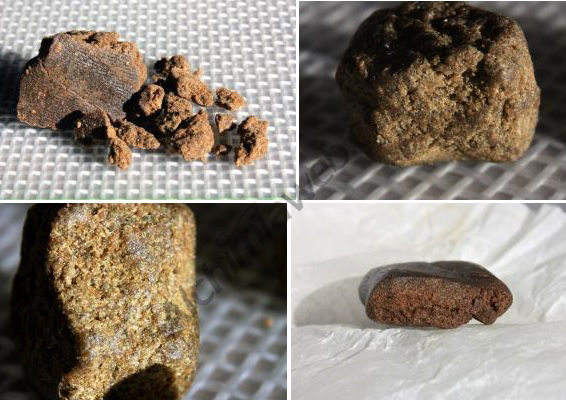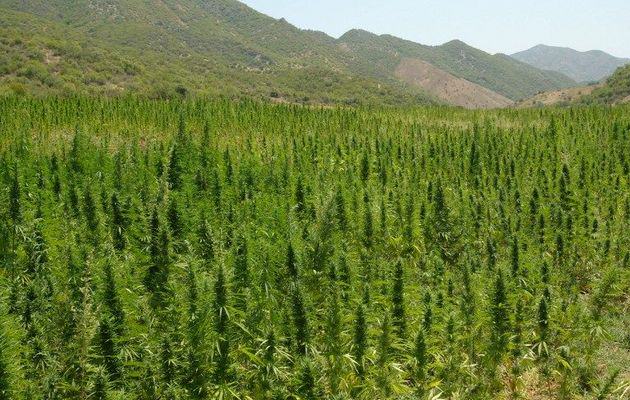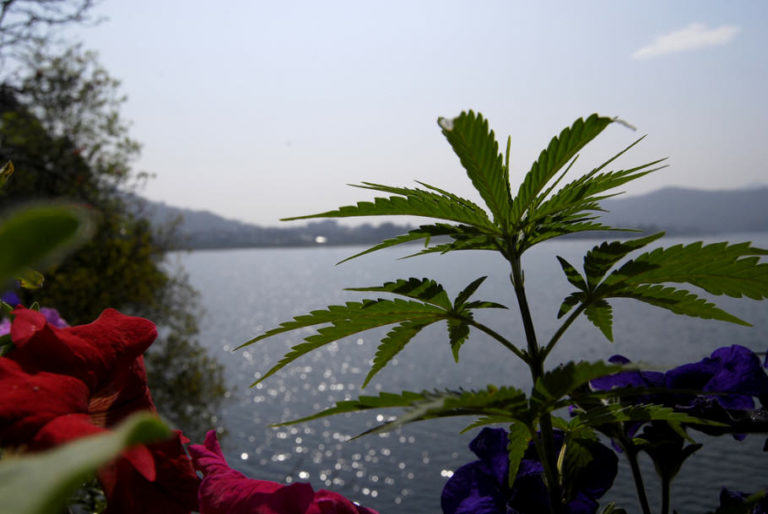Cannabis in Nepal
List of contents
The history of cannabis cultivation and use in Nepal goes back centuries, being one of the countries with the longest cannabis tradition in the world. Nepal is located in the heart of the Himalayan mountain range, wedged between China and India and within its borders lie 8 of the world's 14 mountains over 8,000 metres high. It is therefore a mountainous country with impressive water reserves, which, in addition to the annual monsoon season, means that cannabis grows wild without any problems.
Over the centuries, Nepal has made a name for itself in cannabis culture for several reasons, such as its spectacular sativas, its incomparable handmade hashish or charas, and the natural way in which consumption was handled by the authorities (as well as the arrival of western tourists attracted by precisely these reasons) during the 60s and early 70s. Today we are going to take a closer look at this wonderful and beautiful country to learn more about its history in relation to cannabis.
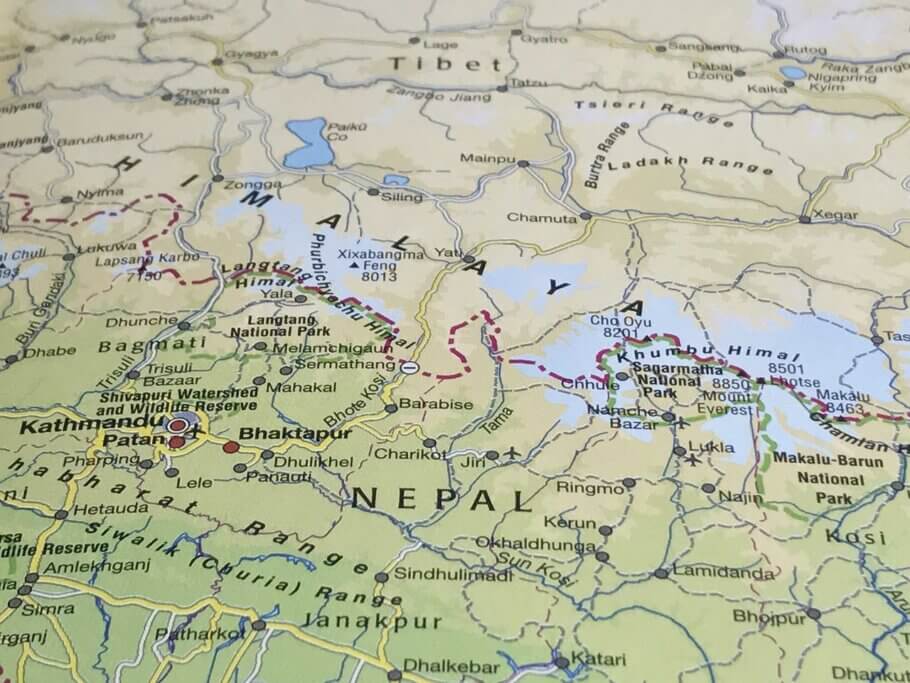
Cannabis cultivation in Nepal
As we already mentioned, and perhaps thanks to the enormous diversity of its terrain and climate, cannabis is a plant that grows freely in Nepal every season, with thousands of wild specimens scattered throughout its jungles and valleys in addition to the crops grown by human hand. And, as those who have visited this country often say, Nepal is uphill all the way! Indeed, its lowest point is only 60 metres above sea level, while its highest point, the summit of Everest, rises to a height of 8,848 metres...and barely 200km separate the two places!
In the southern tip of Nepal, the lower altitude area, there are jungle zones such as the Chitwan National Park where impressive thin-leafed sativas are grown, while as you head north and gain altitude you see phenotypes much more akin to the classic hybrids. Due to the complicated terrain, which makes communication even between neighbouring valleys very difficult, there are areas where very particular phenotypes are found, which have remained isolated for decades.
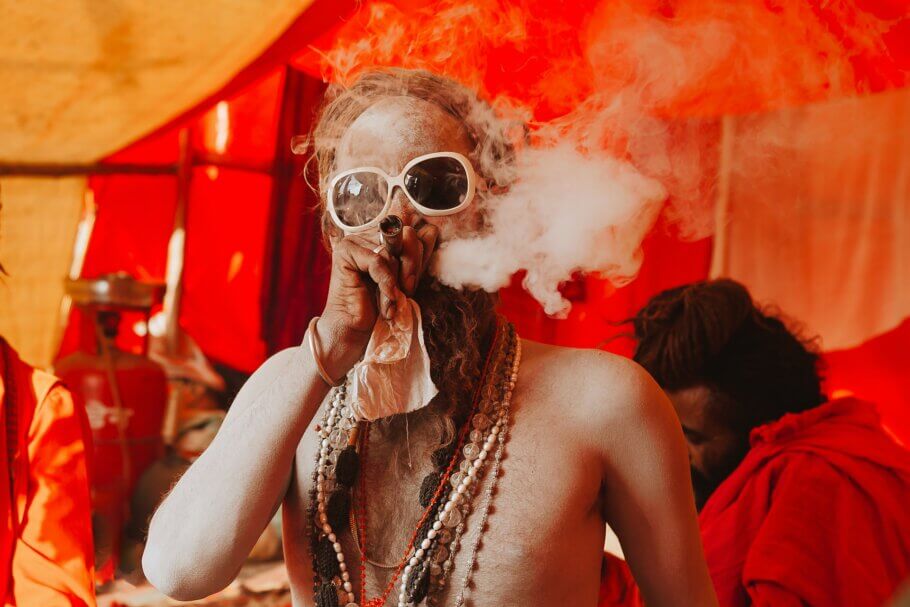
A clear example of this diversity can be found in the valley of the Kali Gandaki, a river that runs between the spectacular Annapurna massif (to the east) and the no less impressive Dhaulagiri (to the west). As one travels through the valleys leading down from Annapurna to the river, one can see slight variations in the phenotypes of the plants one encounters, many of them in domestic cultivation. In most cases, however, these are family gardens, with just a few plants alongside other vegetables. Once at the bottom of the valley, wild cannabis takes over the paths and roadsides (if we can call them that) for miles and miles until you reach the arid lands of Jomsom and Mustang. An interesting itinerary for any lover of the plant, no question!
Nepalese hashish or charas, a true cannabis treasure
Although good cannabis flowers can be found in Nepal, it is for its coveted hashish that the country has for centuries been one of the cradles of this substance. Indeed, Nepal produces one of the most legendary delicacies known to cannabis lovers the world over, its famous charas hashish, which is often purchased in the form of patiently hand-rolled balls known as Temple Balls.
Nepal boasts one of the world's oldest traditions of hash making, being one of the few countries where charas is produced and probably the global capital of this type of hashish (with the possible exception of Kashmir and parts of northern India). The fame of these Temple Balls has spread like wildfire, with tourists making the pilgrimage to this country to sample the spicy taste of this unique hash while enjoying some of the most spectacular views on the planet... not such a bad plan, right?
Some of our readers may not know exactly what charas is... well, it's probably the oldest known way of separating cannabis resin from the plant itself, certainly predating the dry-sifting of plants. In fact, it was not until the global demand for the substance grew exponentially, around the 14th and 15th centuries, that sifting over screens became a way of making hashish, a technique employed in countries where the climate is much drier and where much larger areas can be cultivated than in traditional charas-producing areas.
Charas producers wait until the plants are at the point of optimum maturity and, instead of cutting and drying them, as would be done in the case of sifting, they patiently rub the flowers of the living (or freshly cut, as the case may be) plants with their bare hands until they get a thick layer of resin on their palms. You don't have to be an expert to realise that one person will only be able to produce a few grams of charas a day, as opposed to kilos in the case of dry-sifted hashish!
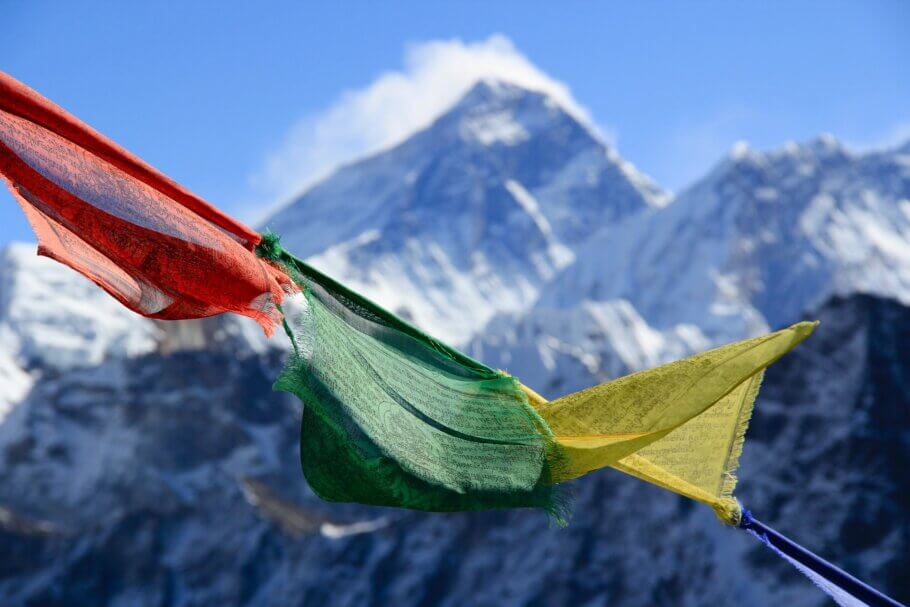
This is why charas, or hashish made by rubbing fresh flowers, is so highly prized among cannabis connoisseurs, because aside from its quality, it is a product that can rarely be consumed on a regular basis. Add to this the mystique of consuming it among Hindu temples and Buddhist stupas, and with the highest mountains in the world as a backdrop, and you can't help but think you are in the real Shangi-La.
Nepal, an obligatory stop on the Hippie Hashish Trail
The high quality of Nepalese hashish saw its fame increase globally during the 1960s, when hundreds of Western backpackers followed what became known as the Hippie Hashish Trail, a fascinating itinerary that took travellers to many of the world's major cannabis - and of course hashish - producing countries. From Morocco to Nepal itself, these adventurers enjoyed one of the golden ages of Western cannabis culture, discovering not only the origins of the cannabis they consumed, but some of the most beautiful and interesting parts of the planet.
Morocco, Lebanon, Thailand, Afghanistan, Pakistan, India, Nepal... these are just some of the stops on this trip, although the capital of Nepal, Kathmandu, became particularly famous, where both flowers and the exquisite Nepalese charas could be enjoyed in dozens of places without any problems from the authorities. Freak Street, for example, was a street where one could always spot one of these western backpackers with a joint in hand, although other towns such as Pokhara also offered an excellent product, and without the hustle and bustle of the capital.
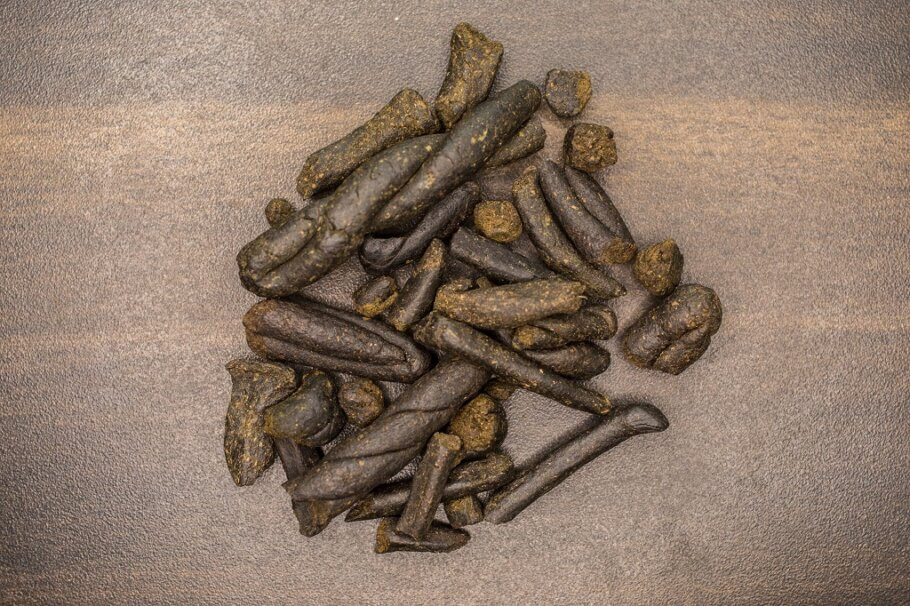
Prohibition reaches paradise
Unfortunately, in the early 1970s the dream was shattered and Nepal joined the long list of countries that, under pressure from the US and its crazed War on Drugs, banned the cultivation, use and sale of cannabis on their territory. Indeed, from 1973 onwards, prohibition came into effect in Nepal and the permissiveness that had existed up to that point ceased. It must be said, however, that the authorities were somewhat lax in enforcing the new law, especially in certain areas where it was really difficult to control production.
Following these events, the number of visitors and "cannabis tourists" dropped considerably in favour of other countries, and many of the Freak Street dealers moved to India in order to be able to continue their business without pressure from the authorities. Once again, certain interests broke the harmony and concord existing in the country, which from that moment on saw its tourist activity reduced to the small number of mountaineers who ventured to climb in the Himalayas at that time.
Cannabis in Nepal today
Although cannabis and its derivatives remain illegal throughout Nepal, there are several factors that may lead to optimism about the legal status of cannabis in the territory, especially in the near future. For starters, the fact that the same country that almost forced others 50 years ago to start the war on drugs is now legalising cannabis in many of its states has changed the view of the Nepalese authorities, as is the case in some European countries.
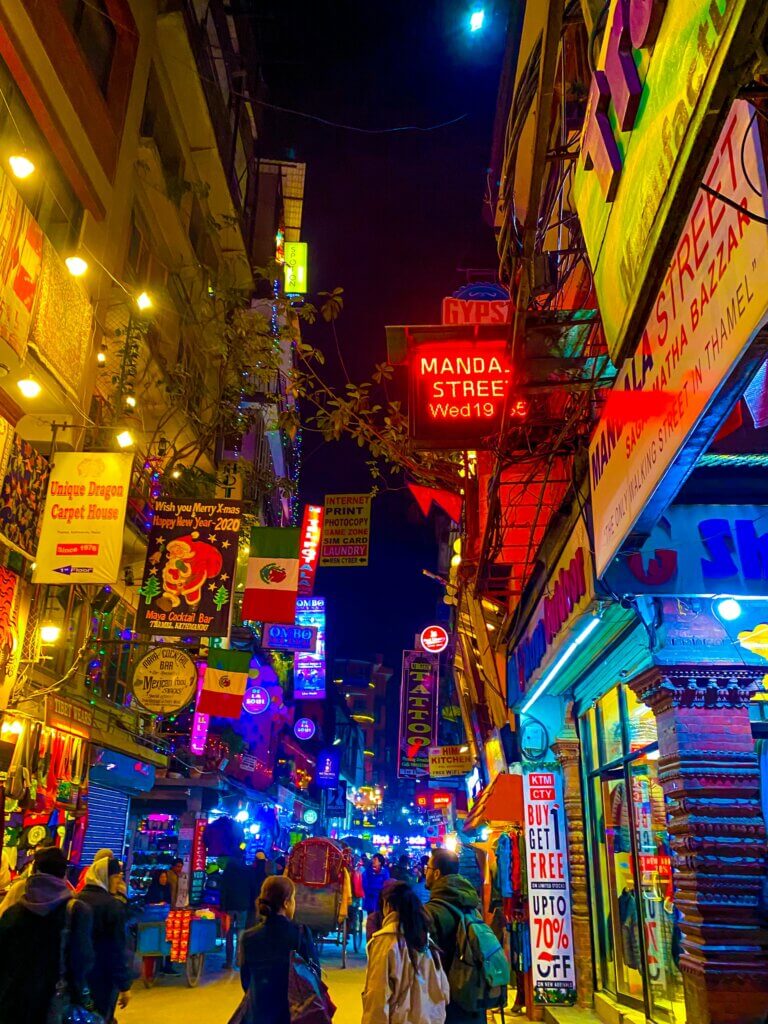
Nepal is simply realising that being a poor country, and given the global openness towards cannabis and its derivatives in many rich countries, it is a bit silly to continue with a prohibition that basically encourages corruption and prevents the government (and the businesses that would benefit from a return of "cannabis tourism") from making a considerable amount of money.
Not surprisingly, Nepal's Minister of Home Affairs has already initiated a series of studies on the medicinal potential of the plant, as well as the potential for the possible exportation of cannabis-related products. There's no doubt that something is changing in Nepal with respect to cannabis, which will hopefully soon return to the status it enjoyed for centuries without major problems in this wonderful territory. Let's hope so!
Never
Ending
Peace
And
Love
































































